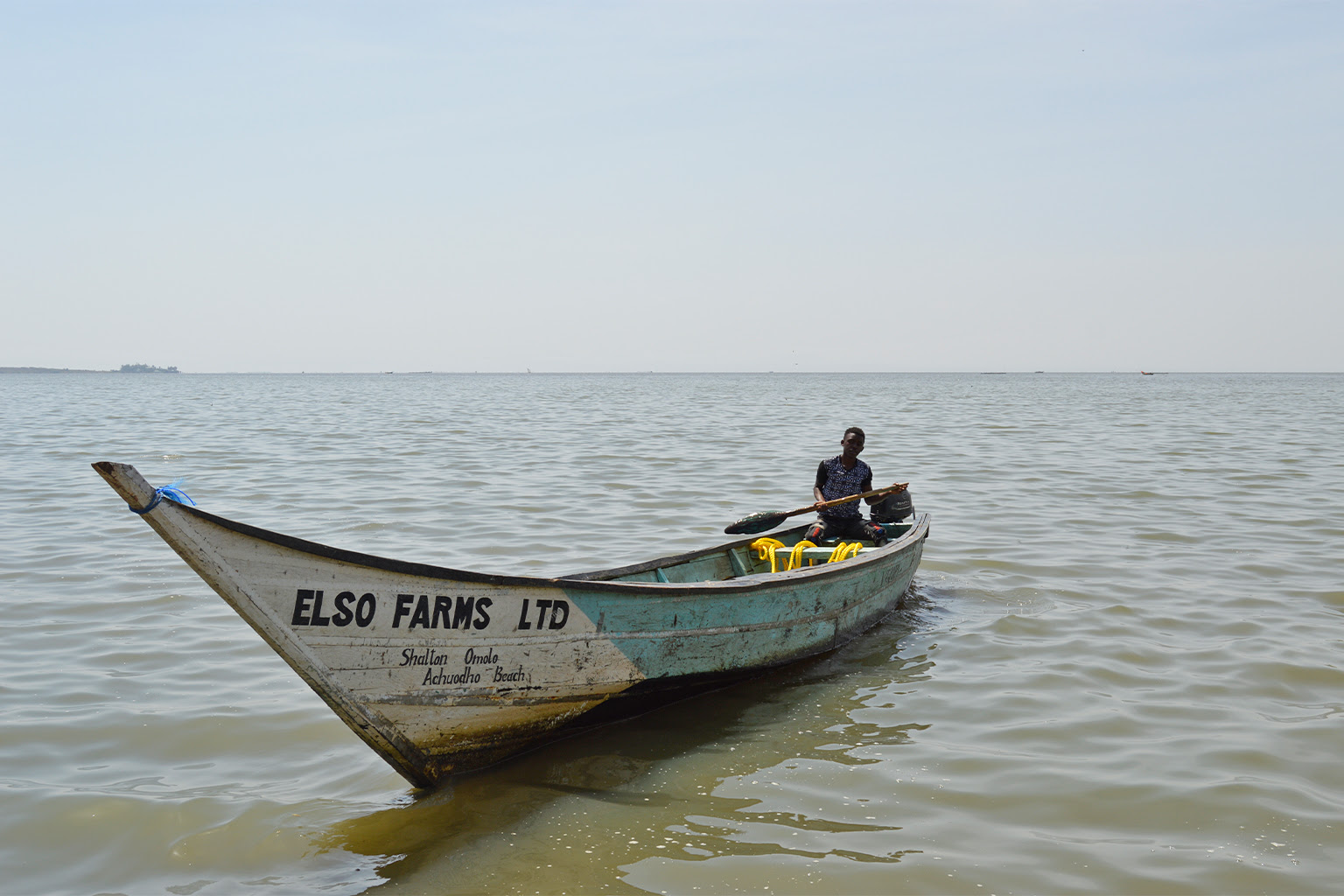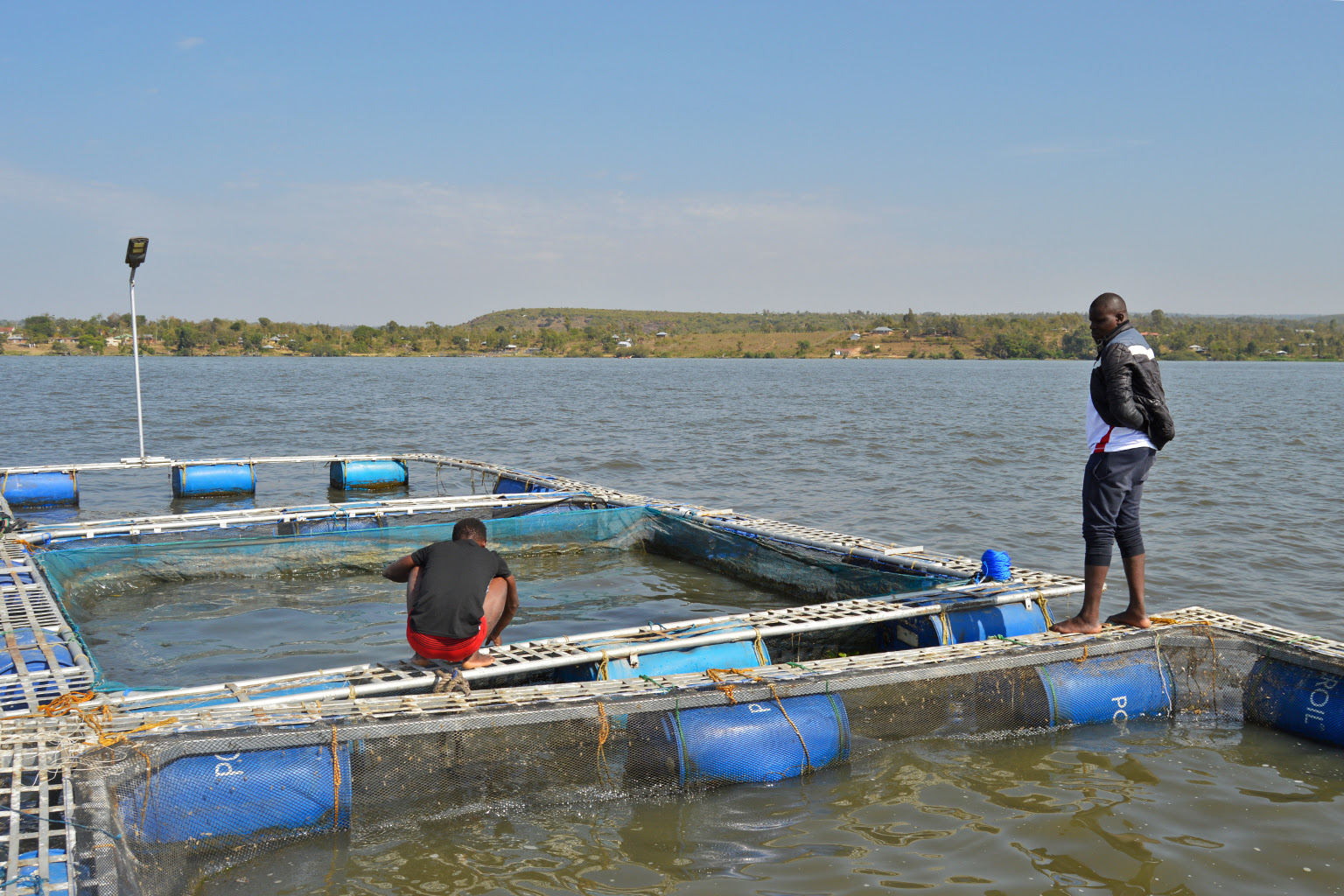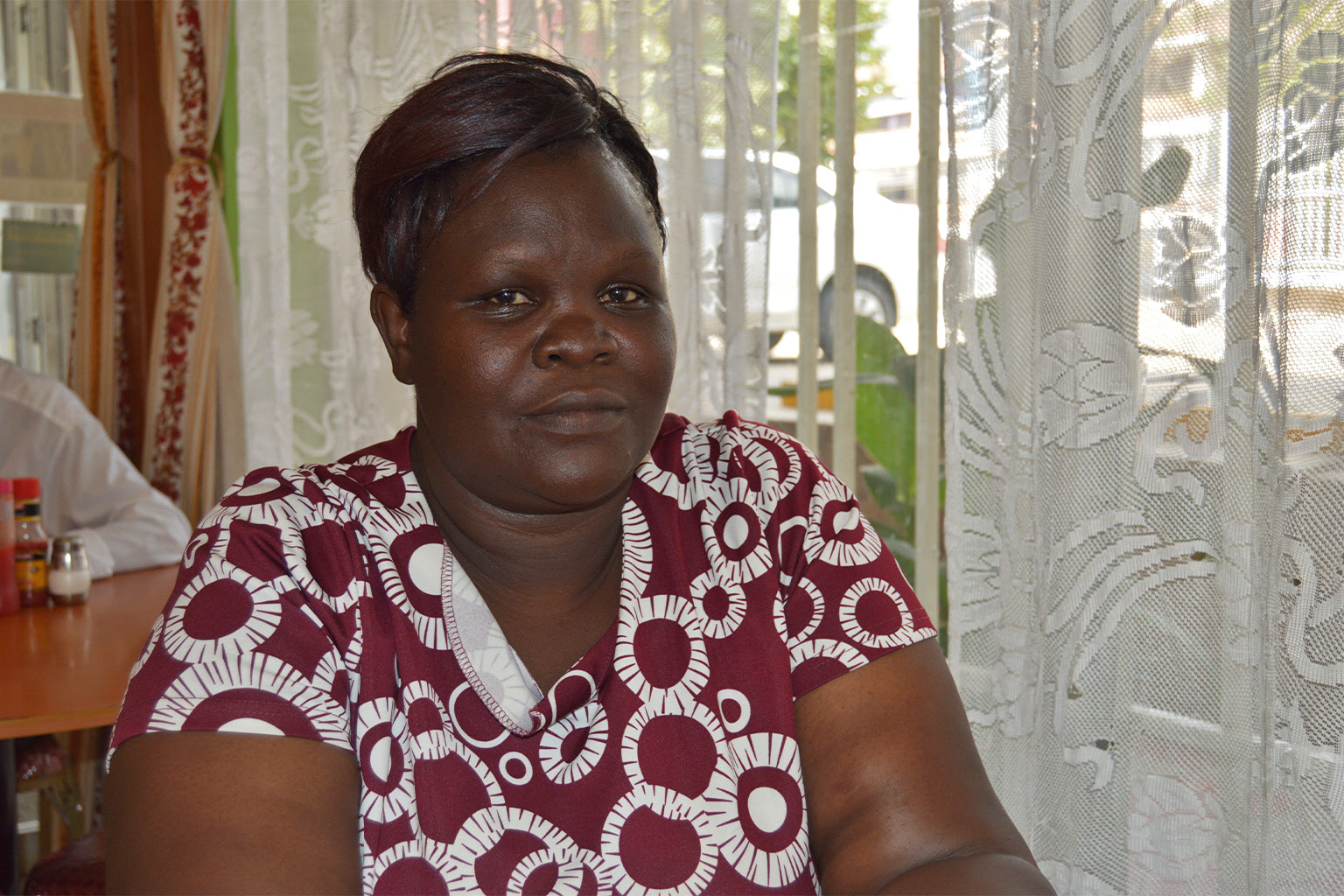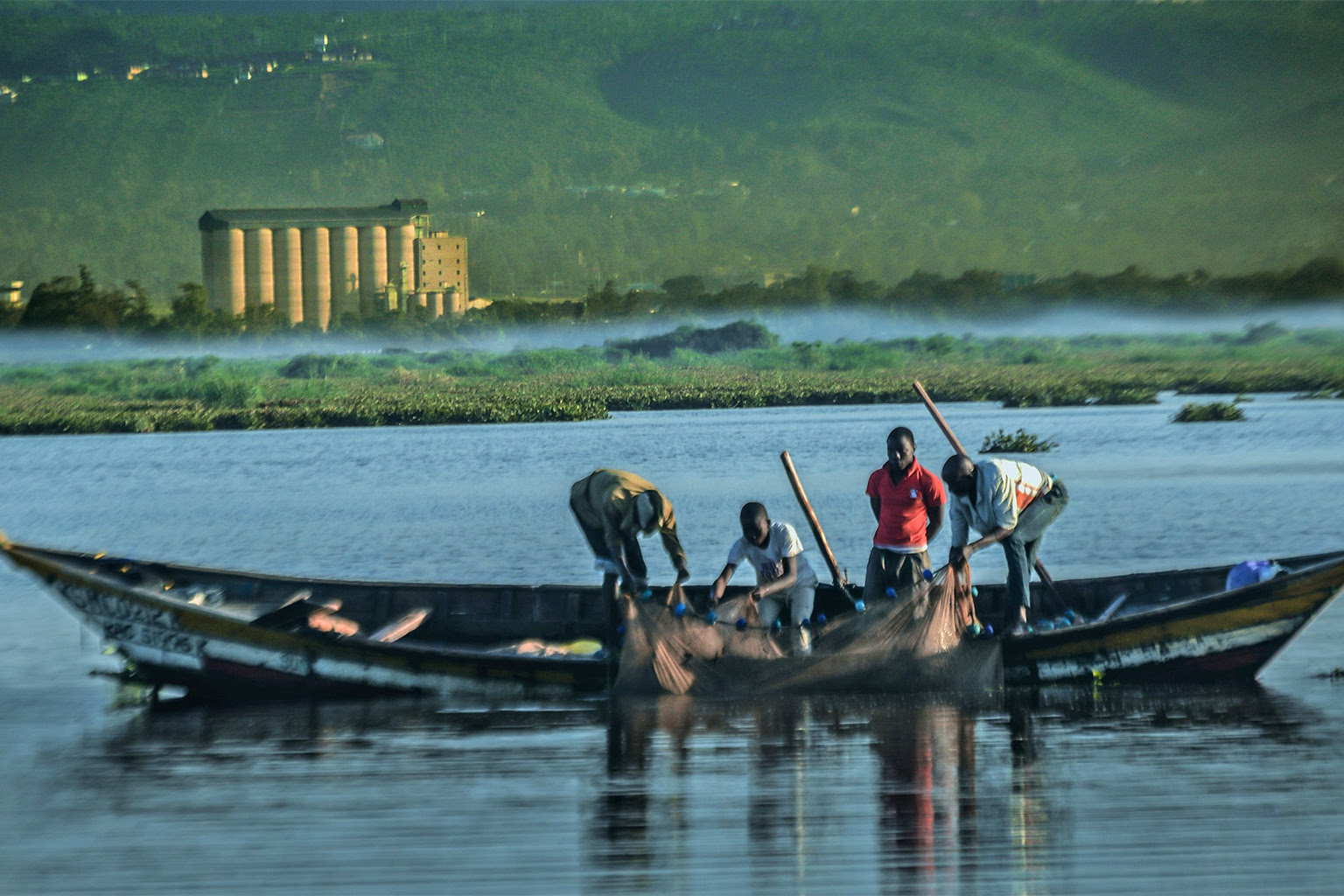You could consider Abel Mutua part stand-up comedian, part hype man, part voice actor (in the great Kenyan tradition of Maina and King’ang’i); or you could look at him as someone offering a new take on traditional African storytelling to deliver a disruptive voice in African entertainment.
Either way, there is no getting away from his influence; he is a top Kenyan Youtuber and the top Kenyan storyteller on the platform. And he brings a unique – and curiously addictive – delivery to factual storytelling.
By Anne Ndung’u, bird story agency
After debuting on local TV in a popular drama series called Tahidi High, back in 2007, Abel Mutua’s acting career had developed to the point where he’d become one of the “kings” of regional soap operas. He was a recognisable face in homes across East Africa and he’d also branched out into movies. Then, “Covid”.
“When COVID-19 set in, my colleagues and I could not continue shooting movies because the exercise involved physically socialising with people, which was unacceptable at the time.
“I was idle at home for almost three weeks. I spent the time telling stories about my eventful life to my wife and daughter. And they found the stories very interesting. Then one day, my wife innocently asked me why I was being selfish; “go share the stories with the world as well,’ she implored,” he explained from his production company’s offices on the outskirts of Nairobi.
Now, in addition to his other ventures, Mutua is a storyteller. And one of Kenya’s rising Youtube stars.
Mutua manages to tell gripping, factual stories, in fantastic detail, using visual and audio aids in the process. He regularly revisits historical events that occurred long before his audience was born and that are considered milestones in the country’s history. For example, one story fixated on an attempted coup in Kenya, in 1982.
“He brings out the story to almost actual visuals… he makes the character look good at what he does…he is one of the best storytellers around,” said one fan, Karen Koech, explaining the attraction.
In 2020, Mutua won the coveted Silver Plaque YouTube Award, just months after embracing the platform. The award is handed to individuals who draw in 100,000 subscribers on a personal channel.
The following year he was named Kenya’s top YouTube influencer. He has produced several successful shows through his channel, including Celebrity First Encounters, Stories of My Life, Young and Stupid, and Headline Hitters.
Today, the 34-year-old commands a youthful audience of loyal listeners and viewers who connect with him primarily through live storytelling sessions held at the Kenya Cinema and through his videos posted on YouTube.
In all his YouTube episodes, Mutua is unafraid to show the world that he’s human, delivering in a “warts and all” style and in so doing appears to have remained true to himself. He’s modest about the space he has carved out for himself.
“I am just doing what God intended for me to do in the land of the living. I am proving that if you set your mind to doing something that you are passionate about and you do it exceedingly well, the hand of God will direct you to places you have never thought of,” he said, during an interview at the offices of his production company,
While Mutua is a household name across East Africa, it began with small steps
Abel’s journey
“In 2005. I was a student at the Kenya Institute of Mass Communication (KIMC). Two years later, I got an internship at Citizen TV. At the time, Tahidi High was airing. I ended up joining the production team in 2009,” explained the entertainer, who specialised in film production while at KIMC.
In mid-2021, as the restrictions imposed by the COVID- 19 pandemic eased, Mutua took his shows live. There, he engaged his young and active audience through narration and sound effects.
Interestingly, Mutua has found that his Gen Z and Millennial audience continue to prefer stories about past events of historical significance – particularly events that shaped the country’s socio-political history. However, some of his narratives go well beyond East Africa’s shores; one tells the story of a Mexican househelp, Miriam Rodriquez, who took on one of the country’s famous cartels, and another the story of Holocaust survivor, Tova Friedman.
His first live performance at the newly renovated Kenya National Theater was a sellout, with many of those who were unable to attend requesting a larger venue for the next performance. This compelled him to conduct the subsequent story session in the larger Kenya Cinema Theatre.
“That background is awesome; we as wakurugenzi (Swahili word for directors) want a live show,” said Daniel Maina, another fan, in response to one of the Youtube shows.
“I don’t like how I’m becoming addicted to Headline hitters,” said another follower, Vinnie Macelo.
Teachers now request that Mutua visit schools to narrate historical events to young students, as narratives are memorable and easily retained by the students.
Those requests might find favour, given Mutua’s own background as a child.
Growing up in one of Nairobi’s Eastlands estates under the care of a single mother, Mutua said he ended up in his current line of work through curiosity.
One day, after seeing a Mercedes Benz pull up in the estate in which they lived—a rare occurrence—he was tip-toeing to see what was inside when a former head of Kenya’s Presidential Press Unit tapped him on the back.
“When he alighted and entered one of the houses, I quickly ran to see the interior of the car. I was impressed, and I got deeply engrossed in admiring it. I did not notice the owner coming back until he tapped my shoulder, warning me that it was bad manners to peep into other people’s cars,” Mutua recalled.

Abel Mutua- Mastering Storytelling
“After noticing my fright, he asked me if I would love a ride in the car, and you guessed it, I quickly said yes!”
When Mutua learned that the man was a journalist, he decided to pursue a field in communications so that he, too, could enjoy such niceties. Today, the actor, screenwriter, content creator, comedian, storyteller, and co-owner of the Nairobi-based Phil-it Productions Ltd looks well able to enjoy some of the finer things in life, too.
A visit to the production house, located in Kahawa Sukari, some 20 km northwest of Nairobi’s Central Business District (CBD), where Mutua works with three co-founders of the company, revealed a beautiful bungalow that houses the production house seated on a well-manicured lawn on a half an acre of land. It’s a tranquil environment with a driveway paved with pavers leading to the building.
One, two, three, four, and five shiny high-end cars were parked strategically in the compound. Later it emerged that two belonged to the top managers at the firm, while the other three belonged to business acquaintances paying a visit.
“Mutua is a natural TV scriptwriter. Whatever he works on resonates with a large proportion of Kenya’s population. It might sound cliché, but the truth is that his scripts, regardless of the platform of choice, encapsulate the daily struggles, victories, and hopes of that anonymous person found in a generic Kenyan locale,” said Philip Maudu Kioko, a senior lecturer at the local Kenyatta University’s Department of Communication Media, Film and Theatre Studies.
Abel’s finesse
His portraits of real people may power his performances but what is also clearly a hallmark is his ability to market his product brazenly while having fun. The Grand Little Lie is testimony to that.
A day before the film premiered, the world watched in awe as Mutua, together with two of his colleagues, walked unabashedly on a busy Nairobi road in the early hours of the morning with placards announcing the arrival of the movie and encouraging people to purchase tickets.
“Please, buy our film… Inaongeza urembo na nguvu za kiume (it will increase a woman’s beauty and a man’s virility),” the placards read, echoing those offering questionable remedies, often seen on Nairobi sidewalks. The tongue-in-cheek ads got noticed by local and regional media.
In October 2021 the film grossed KSh4 million (over US$34,000) in ticket sales within five days.
“He’s the epitome influencer of content that runs in Kenya’s Television ecosystem today. His stature answers to being Kenya’s poster boy for acting, directing, and producing blockbuster TV soap operas, including being the local bellwether Youtuber,” says David Mbugua, formerly a cameraman with the Cable News Network (CNN) based here in Nairobi and currently a budding film-maker.
Mutua’s artistic output reads like a litany of local content routinely streamed online and on local television.
It has included award-winning TV drama series including Tahidi High, The Real Househelps of Kawangaware, Mother-in-Law, Crime and Justice, Hullabaloo Estate, Hapa Kule News, Sue Na Jonnie, and MaEmpress, among others.
In his YouTube channels, Mutua styles himself as “Mkurugenzi’, Kiswahili for “director”—a word he uses as his moniker, while his fans are known as “Wakuregenzi, “ or “directors”.
Recently, he transitioned his broadcast presence from being shown on free-to-air TV, to pay-TV in collaboration with Maisha Magic East. Channel 158 is DSTV’s flagship local channel and is a 24-hour entertainment channel targeting the mass market.
Asked if Kenyan-owned production houses could make money, Mutua answered in the affirmative but said the elephant in the room remains distribution.
“There are many Kenyans both here and in the diaspora looking for quality local content. And with video-on-demand and online access, distribution is improving, but we as a country have a long way to go,” says Mutua.
The East African nation is currently engaged in a heated discussion over whether to increase the percentage of local content shown on local television. In 2014, the Kenyan government passed a broadcasting regulation requiring broadcasting stations to ensure that 40 per cent of content broadcast on TV and radio was locally produced.
It has not been lost on key TV pundits that Mutua’s scripts are delivered in fluent and easily understood Swahili, devoid of the dense Sheng lingo associated with Kenya’s urban street smarts. Sheng is popularly defined as an acronym for ‘Kiswahili-English slang.’ It originated in the early 1950s in Nairobi’s Eastlands area. It is mainly used by the youth and is part of popular culture in Kenya.
A consequence is that his work has found traction with a wide variety of viewers, across the Swahili-speaking region, and beyond.
If nothing else, Mutua has proved that social media, if used creatively, can transform one’s personal income. In this frontier economy, the platform has turned into “that-thing-that-everybody-wants-to-be-part-of”.
In his stories, the Kenyan 2018 Entertainment Industry Award talks candidly about his personal experiences, including how he proposed to Nyawira, his wife. He talks of the hiccups he has encountered in his line of work, for example, how they played gullibly with his co-director, Philip Karanja, and lost millions of shillings to scoundrels in a business deal.
“To be honest, during the initial stages, I just set out to have fun. I didn’t think that I would end up moving the proverbial needle in the industry. But over time, I’ve realized that the market, in this ecosystem, responds positively to work that is educative, entertaining, and inspirational,” Mutua explained.
“For us, it’s often said, if you do what you love, you’ll never work a day in your life,” he said.

 Fashion7 years ago
Fashion7 years ago

 Shalton Omolo’s assistant rowing Omolo’s boat. Most fish farmers in Kisumu use similar boats. Image by Calvin Rock Odhiambo for Mongabay.
Shalton Omolo’s assistant rowing Omolo’s boat. Most fish farmers in Kisumu use similar boats. Image by Calvin Rock Odhiambo for Mongabay. A fisher repairs his fishing net at Achodho Beach in Kisumu County. Image by Calvin Rock Odhiambo for Mongabay.About half a kilometer across from Ogal Beach is Achuodho Beach. Shalton Omolo, a cage farmer who deals in tilapia, says he lost more than 4 million shillings ($32,000) to fish kills in November. He started ELSO farms in 2019; using proceeds from aquaculture, he invested in beekeeping and goat rearing, selling honey and goat meat to boost his income. Unlike Okomo, he is willing to talk about his experience of discovering dead fish in their cages. He speaks with passion, recalling the Friday it happened.
A fisher repairs his fishing net at Achodho Beach in Kisumu County. Image by Calvin Rock Odhiambo for Mongabay.About half a kilometer across from Ogal Beach is Achuodho Beach. Shalton Omolo, a cage farmer who deals in tilapia, says he lost more than 4 million shillings ($32,000) to fish kills in November. He started ELSO farms in 2019; using proceeds from aquaculture, he invested in beekeeping and goat rearing, selling honey and goat meat to boost his income. Unlike Okomo, he is willing to talk about his experience of discovering dead fish in their cages. He speaks with passion, recalling the Friday it happened. Shalton Omolo steering his boat offshore. Image by Calvin Rock Odhiambo for Mongabay.Things have not been easy for Omolo, who has two school-going children and siblings who depend on him. Even though he is slowly getting back on his feet, he says he is still burdened by the uncertainty of what the future holds.
Shalton Omolo steering his boat offshore. Image by Calvin Rock Odhiambo for Mongabay.Things have not been easy for Omolo, who has two school-going children and siblings who depend on him. Even though he is slowly getting back on his feet, he says he is still burdened by the uncertainty of what the future holds. Omolo’s assistant and Omolo inspecting the fish nets. Image by Calvin Rock Odhiambo for Mongabay.Omolo, however, suspects there could be more to the fish kills than just “natural cause,” which, he says with skepticism, the scientists from KMFRI refer to as “an act of God.”
Omolo’s assistant and Omolo inspecting the fish nets. Image by Calvin Rock Odhiambo for Mongabay.Omolo, however, suspects there could be more to the fish kills than just “natural cause,” which, he says with skepticism, the scientists from KMFRI refer to as “an act of God.” Susan Adhiambo, the Kisumu County director of fisheries. Image by Calvin Rock Odhiambo for Mongabay.
Susan Adhiambo, the Kisumu County director of fisheries. Image by Calvin Rock Odhiambo for Mongabay. Fishermen gathering their catch early in the morning on Lake Victoria. An industrial unit at the lake’s banks can be seen in the background. Image by Franklin Amulyoto via
Fishermen gathering their catch early in the morning on Lake Victoria. An industrial unit at the lake’s banks can be seen in the background. Image by Franklin Amulyoto via  Shalton shares a light moment with Michael Nyaguti. Nyaguti runs a pro-conservation CBO called Magnum Environment Network. Image by Calvin Rock Odhiambo for Mongabay.“[T]hey were saying it is because of climate change issues and therefore they could not control it,” Nyaguti says, “but we still call for more research because much as we have water hyacinth rotting … we are aware that a lot of pollutants are still entering into the lake.”
Shalton shares a light moment with Michael Nyaguti. Nyaguti runs a pro-conservation CBO called Magnum Environment Network. Image by Calvin Rock Odhiambo for Mongabay.“[T]hey were saying it is because of climate change issues and therefore they could not control it,” Nyaguti says, “but we still call for more research because much as we have water hyacinth rotting … we are aware that a lot of pollutants are still entering into the lake.”